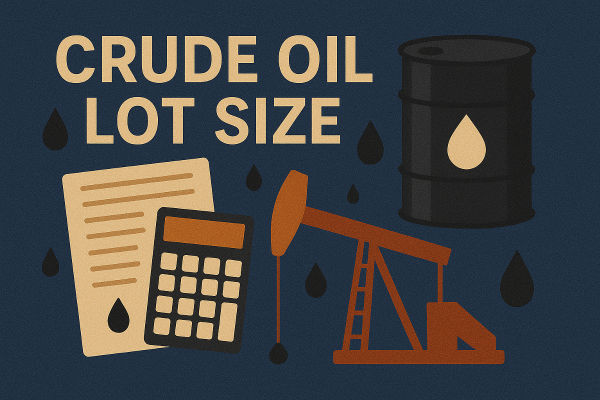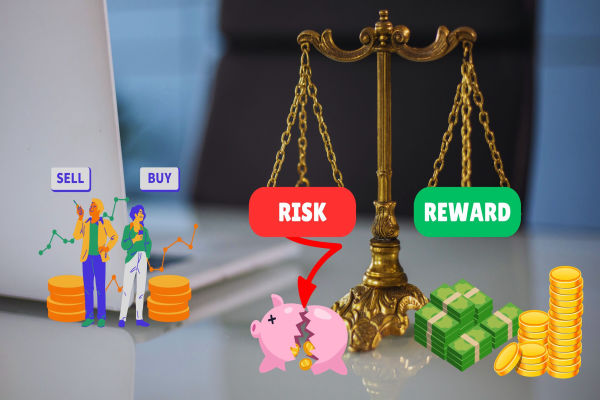A pip stands for “percentage in point” or “price interest point.” In forex trading, a pip is the standard unit of measurement for price movement. For most currency pairs, one pip is equivalent to 0.0001. For example, if EUR/USD moves from 1.1230 to 1.1231, that’s a one-pip move. For currency pairs involving the Japanese yen, one pip equals 0.01 because those pairs are quoted with two decimal places instead of four.
Understanding how to calculate pips in forex begins with recognising what a pip represents. It allows traders to express price changes in a standardised way, rather than using raw numbers. This makes it easier to calculate profits, losses, spreads, and risk.

Why Knowing How to Calculate Pips in Forex Matters
If you're placing trades without knowing how much a pip is worth, you’re putting your capital at unnecessary risk. Calculating pip value helps you understand how much money you are likely to gain or lose from a specific movement in the currency pair. This is especially important when determining your position size, setting stop-loss levels, or calculating risk-to-reward ratios.
For example, if you take a position and the price moves against you by 50 pips, knowing how to calculate pips in forex helps you immediately estimate the monetary loss. It also gives you the ability to plan trades that align with your available capital and risk appetite.
Understanding Lot Sizes Before You Calculate Pips
In forex, trades are made in “lots.” A standard lot is 100,000 units of the base currency. A mini lot is 10,000 units, and a micro lot is 1,000 units. The size of the lot determines how much each pip is worth. On a standard lot, one pip usually equals 10 US dollars. On a mini lot, it’s about one dollar per pip, and on a micro lot, it’s ten cents.
When you calculate pips in forex, you’ll need to factor in both the lot size and the pair you're trading. This is because the pip value can differ across currency pairs, especially when the quote currency is not USD. For Indian traders, you’ll also want to know how that pip value converts to INR, so you know exactly how each price move affects your account balance.
Sometimes the pair you trade might not have USD as the quote currency. Let’s take EUR/GBP as an example. To calculate pip value here, you first calculate it in the quote currency (GBP), then convert it into USD, and finally convert it into INR if needed.
While most trading platforms calculate this automatically, learning how to calculate pips in forex across different currency combinations helps you double-check values during volatile periods and plan positions more accurately.
How Account Currency Affects Pip Value
If your trading account is in INR, but pip values are shown in USD or EUR, you must convert pip values using the live exchange rate. This extra step is necessary because gains or losses are ultimately reflected in your account currency.
For Indian traders, understanding how to calculate pips in forex in rupee terms helps in accurate capital management. For example, if your pip value is 1.5 USD and USD/INR is 83, your pip value becomes ₹124.5. That means a 30-pip move equals ₹3,735, which might be a large portion of your risk budget depending on the size of your account.
The Role of Leverage in Pip Calculation
Leverage does not change pip value, but it does affect how much capital is required to open a position. If you use 50:1 leverage, you only need 2% of the trade size as margin. So, for a standard lot, instead of needing $100,000, you only need $2,000.
This allows small traders to control large positions, but it also increases the risk. If you know how to calculate pips in forex and use leverage wisely, you can scale your trades while managing your exposure. Misunderstanding pip values while using high leverage can lead to serious losses.
Real-Life Examples for Indian Traders
Let’s consider an Indian trader with a dollar-based account, trading EUR/USD in a mini lot of 10,000 units. If the price moves from 1.1050 to 1.1070, that’s a 20-pip gain. At one dollar per pip, the trader earns 20 USD. Converted to INR at 83, that’s ₹1,660 in profit.
In another scenario, a trader opens a micro lot position in USD/JPY. A 40-pip loss at 0.09 USD per pip equals 3.6 USD lost, or about ₹300. These examples show how to calculate pips in forex in practical, real-world terms relevant to Indian conditions.
Pip Value and Strategy Alignment
Traders often design strategies around pip targets. For example, a scalper may aim for 10 pips per trade, while a swing trader may target 200 pips over several days. Knowing how to calculate pips in forex helps you ensure that your take-profit and stop-loss levels are realistic relative to your account balance and risk tolerance.
If your average win is 50 pips and your average loss is 25 pips, you have a 2:1 reward-to-risk ratio. When you pair that with accurate pip value calculation, you gain precise control over how much capital is being put at risk on every trade.

Final Thoughts
Now that you know how to calculate pips in forex, you have a major advantage over traders who rely solely on automated tools. Pip calculation gives you full visibility into your risk, potential reward, and trade planning. It’s the foundation for sizing your positions correctly and managing leverage effectively.
For Indian traders in particular, learning how to convert pip values into rupees ensures you make decisions aligned with your real-world budget and goals. Whether you're day trading or building longer-term strategies, pip calculation is a skill you’ll use on every single trade.
(Disclaimer: This material is for general information purposes only and is not intended as (and should not be considered to be) financial, investment or other advice on which reliance should be placed. No opinion given in the material constitutes a recommendation by EBC or the author that any particular investment, security, transaction or investment strategy is suitable for any specific person.)




























